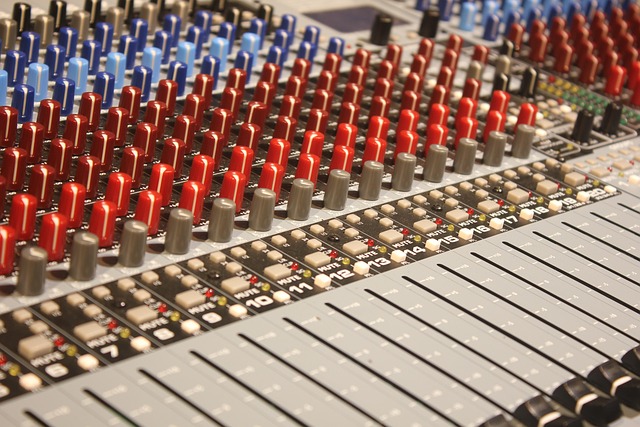Creating the perfect atmosphere for a home cinema experience often hinges on the delicate balance of audio and video quality. However, to achieve that cinematic dream, optimizing processor load in your recording setup is key. This involves ensuring that your computer or audio interface can handle the demands of high-quality audio recording without any hiccups, providing a seamless sound experience that immerses you in your favorite films.
The intricate dance of sound in movies is as crucial as the visuals. A processor that struggles under the weight of audio demands can lead to glitches, audio dropouts, or even complete system crashes, taking you out of the moment and reminding you that technology can sometimes hinder enjoyment. You wouldn’t want your heart-pounding action sequence interrupted by a stuttering soundtrack. By carefully managing your processor load, you can create an environment where the sound flows as smoothly as the narrative of the film.
One of the first steps in achieving an optimal processor load is to close unnecessary applications running in the background. Often, we overlook how many programs are silently consuming CPU resources while we focus on our audio and video setup. When it comes to audio recording, every little bit of processing power counts, and freeing up resources can lead to a more stable performance.
Next, consider the quality and functionality of your audio interface. Investing in a high-quality interface can often alleviate processor strain by enabling offloading of tasks specifically designed for digital audio processing. This can significantly impact the overall efficiency of your home cinema room’s audio capabilities. The right interface bridges the gap between your computer and sound equipment, allowing for lossless audio recordings that keep you engaged in the film experience.
Moreover, optimizing your digital audio workstation (DAW) settings is critical. Many DAWs allow you to adjust the buffer size, which directly affects how much load the processor bears during recording. A smaller buffer size might be tempting for low-latency monitoring, but it often places a greater load on the processor, causing glitches in the playback. Balancing your buffer settings will ensure you find the sweet spot where low latency and stability coexist.
Additionally, consider your audio sources. Whether you are using multiple microphones or a mix of instruments, being mindful of how many channels you are recording simultaneously can significantly affect processor load. Simplifying your setup during your initial recording sessions can help you gauge how much your processor can handle before adding more complexity to the mix.
To further enhance the audio experience in your home cinema room, employing soundproofing techniques can also alleviate some of the processor load issues. Reducing ambient noise helps in achieving cleaner recordings at lower volumes, which in turn minimizes the workload on your processor, allowing it to focus on delivering high-quality audio.
Finally, always keep your software, drivers, and firmware up to date. Technology evolves rapidly, and newer updates can often streamline your processor’s performance and improve its efficiency when handling audio tasks. No matter how powerful your hardware is, neglecting to update your systems can lead to performance bottlenecks that could have been avoided with just a few simple steps.
In the realm of audio recording for your home cinema room, every choice you make in configuring your technology can either enhance or detract from the immersive experience. By focusing on managing your processor load effectively, you can unlock the full potential of your recording setup, allowing for soundscapes that transport you into the heart of the cinematic world.


